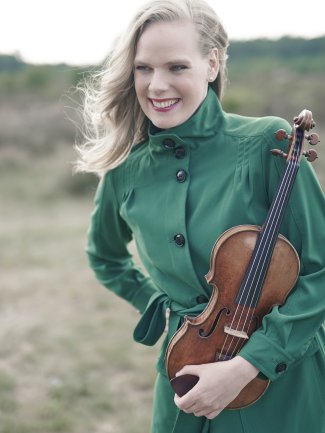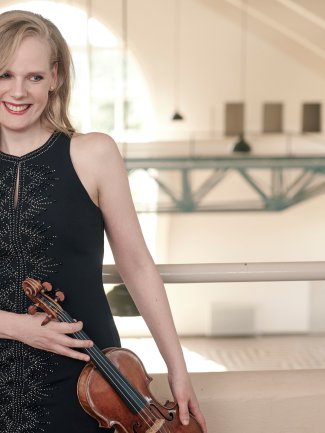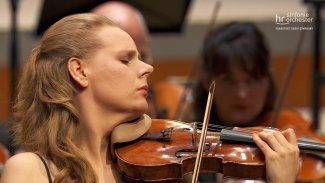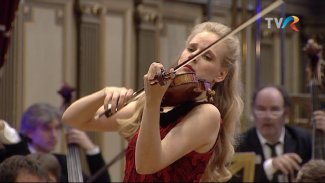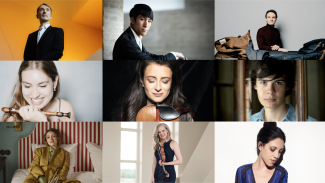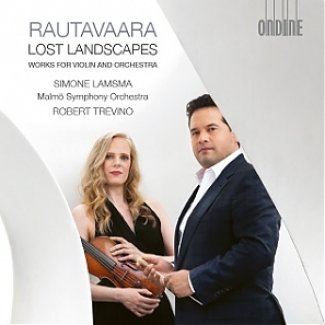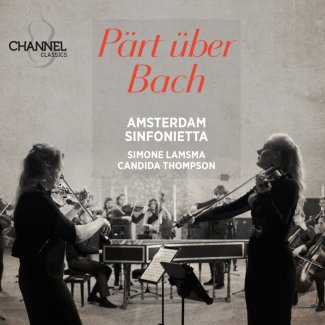Simone Lamsma
Violin
Links
Links
Download Assets
Download Assets
“Simone Lamsma played splendidly, with crisp clarity and brightly radiant sound, conveying both the rhapsodic fervor and intriguing pensiveness of the music.“
The New York Times, December 2018
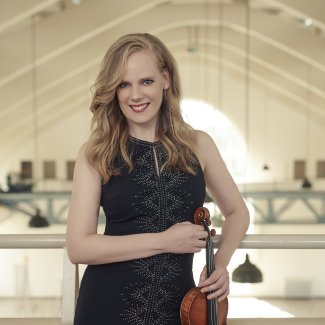
See More
Season Highlights
March 2025
Teatro San Carlo Naples
Show more about Teatro San Carlo Naples
Show more about Teatro San Carlo Naples
Repertoire:
LUDWIG VAN BEETHOVEN: Concerto for Violin in D major, Op. 61
April 2025
Casino Bern, Großer Saal
Show more about Casino Bern, Großer Saal
Show more about Casino Bern, Großer Saal
Repertoire:
ERICH WOLFGANG KORNGOLD: Concerto for Violin in D major, Op.35
April 2025
DR-Byen
Show more about DR-Byen
Show more about DR-Byen
May 2025
Stavanger Konserthus
Show more about Stavanger Konserthus
Show more about Stavanger Konserthus
Repertoire:
BENJAMIN BRITTEN: Concerto for Violin, Op. 15
Show more season highlights
Show more season highlights
June 2025
Vancouver Symphony Orchestra
Show more about Vancouver Symphony Orchestra
Show more about Vancouver Symphony Orchestra
August 2025
Melbourne Symphony Orchestra
Show more about Melbourne Symphony Orchestra
Show more about Melbourne Symphony Orchestra
Arts City Liverpool, July 2022
Seen and Heard International, May 2022
Bachtrack, April 2022
Seen and Heard International, April 2022
Bachtrack, April 2022
Bachtrack, November 2021

